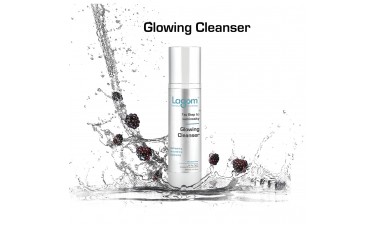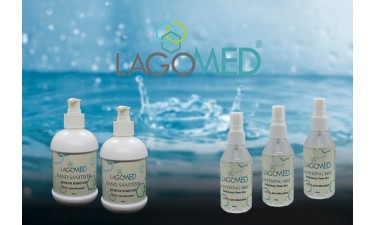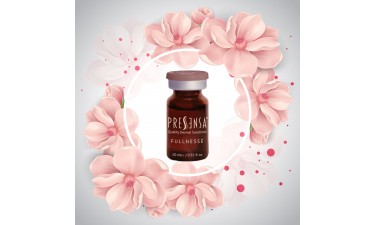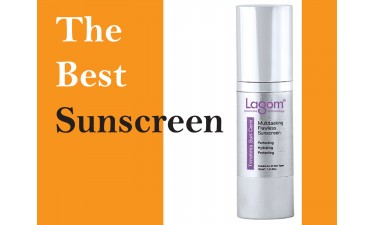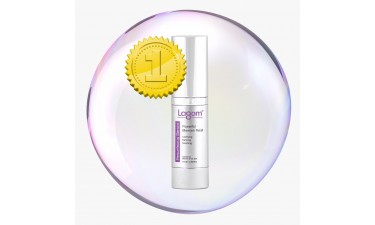Deals Of The Day
There is no Products has Price Countdown!
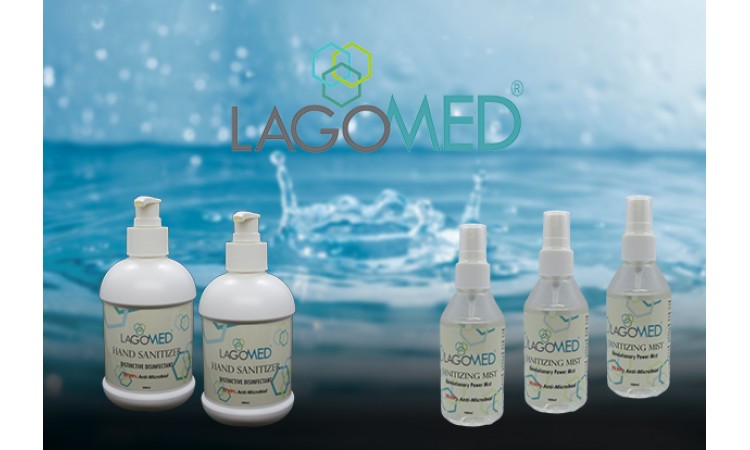
LagoMed Sanitizing Mist - Clean Hands, Save Lives
The synergistic formulation of alcohol and non-alcohol antiseptics base enhances the speed of biocidal activity to combat contact contamination. The inclusion of PAPB and BACs improves the antimicrobial spectrum while increasing the activity of isopropyl alcohol, which is justifiable to achieve both immediate and long-lasting effect. With its relatively non-toxic properties, it is also non-damaging to surfaces and gentle to the skin.
In communities where people are in constant contact with one another and surfaces covered with microorganisms, safe and effective hand hygiene is important for infection control. Studies show the use of alcohol base antiseptic hand sanitizer has proven to subdue the prevalence of the common cold, acute respiratory syndromes, gastroenteritis, viral influenza, and more. Similarly, this practice is important in limiting hospital-acquired, or nosocomial, infections between patients and clinical staff by limiting spread of opportunists like Pseudomonas aeruginosa, methicillin-resistant Staphylococcus aureus (MRSAs), and vancomycin-resistant Enterococcus (VREs).
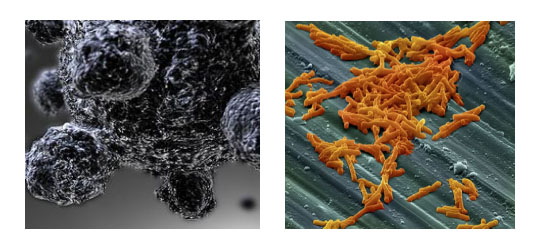
For such preventative measures, it is highly recommended to use hand sanitizers which is alcohol-based in composition with antiseptic agents such as PAPB and BACs. Recently the formulation has been gaining ground due to concern that pure ethanol with high toxic action dries out the skin, with reported frequent cases of intentional ingestion. Simultaneously, the extensive use of antiseptic agent alone risks the increase of antibiotic resistance. This theory of “cross-selection” suggests that the use of either alcohol or BACs alone will ultimately resulting in weaker antibacterial therapy.
Active Ingredients:
75% Alcohol, Water, Polyaminopropyl Biguanide, Benzalkonium Chloride (BAC)
Main Functions:
75% alcohol
The effectiveness of alcohol against vegetative bacteria and fungi increases along with their molecular weight. It acts on the bacterial cell membrane by making it permeable and its efficacy is increased with the presence of water which leads to cytoplasm leakage, denaturation of protein and eventual cell lysis of bacteria, fungi and viruses. It kills organisms by having a direct effect on its RNA and interferes with the metabolism of the cell.
It has a unique mode of biocidal action in which the polymer strands are incorporated into the bacterial cell membrane, causes its disruption and leads to lethal effect of the bacteria.
As it exhibits a wide spectrum of activities which kills different types of microorganism, it is one the most frequently used antiseptic in traumatic and orthopaedic surgery. Further, its broad-spectrum antimicrobial properties are applied in contact lens cleaning solution, skin disinfectant solution, and wound dressing.
Thanks to its non-cytotoxic and non-irritating properties, it is used as a general disinfectant solution to be applied onto skin.
Benzalkonium Chloride (BAC)

BACs were reported for the first time in 1935 by Gerhard Domagk, gaining the market as zephiran chloride which is a promising and superior disinfectant and antiseptic in hospital processes and general practice for disinfection. In 1947, the first product containing BACs was registered with the Environmental Protection Agency (EPA) in the United States. Since then, they have been used in a wide variety of products, both prescription and over the counter. Applications range from domestic household to agricultural, industrial, and clinical setting.
It is a biocidal which may be applied topically on living tissue as an antiseptic or on inanimate objects as an disinfectant, in order to inhibit bacterial growth and to kill enveloped microorganisms. Therefore, enveloped viruses like human immunodeficiency virus (HIV), hepatitis B virus (HBV), influenza virus, measles virus, vaccinia virus, meningococcal pneumonitis virus, Semliki Forest virus, canine distemper virus, rabies virus, fowl laryngotracheitis, and feline pneumonitis virus are all susceptible to BACs.
More importantly, it is reported in 2006 by the EPA that it is not recognized as being carcinogenic, mutagenic, or genotoxic.


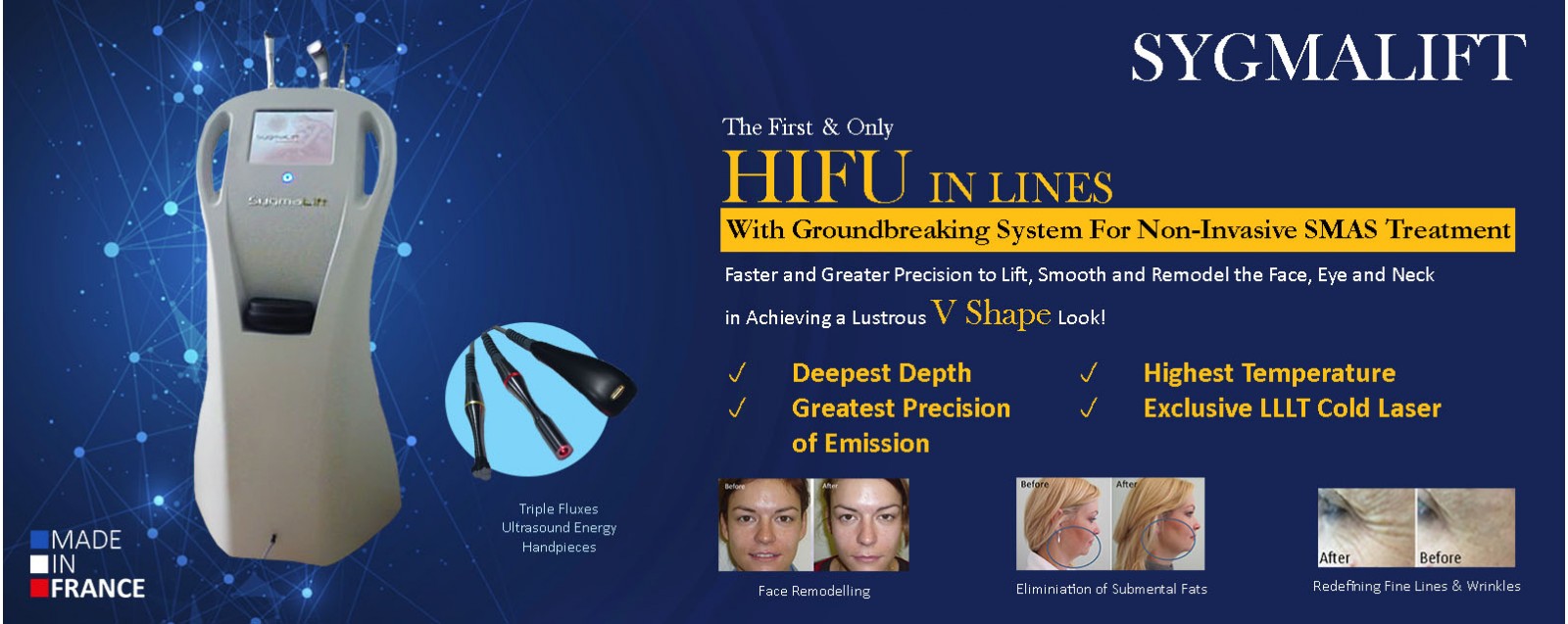
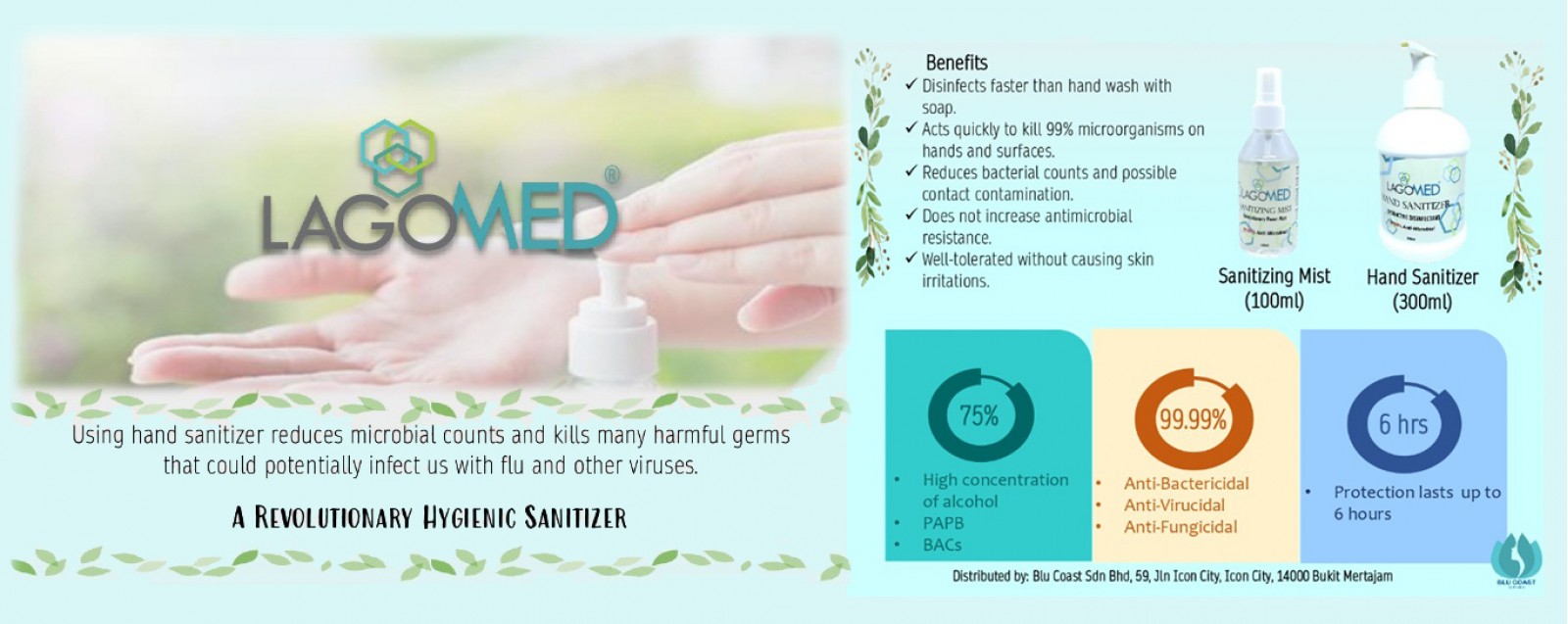



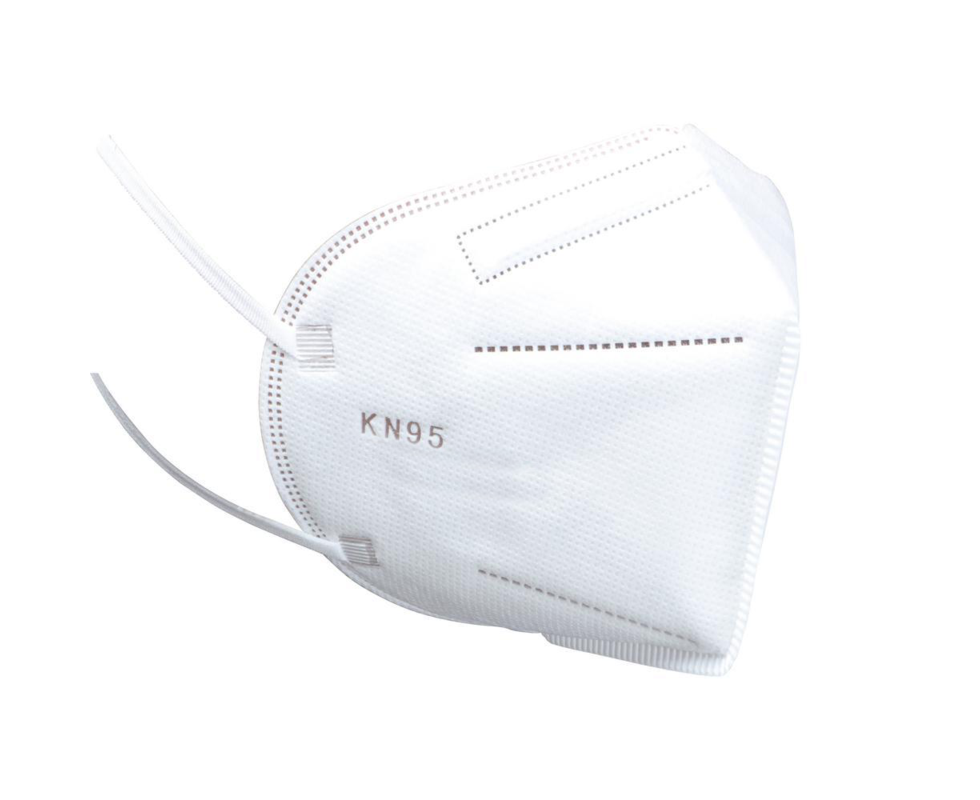

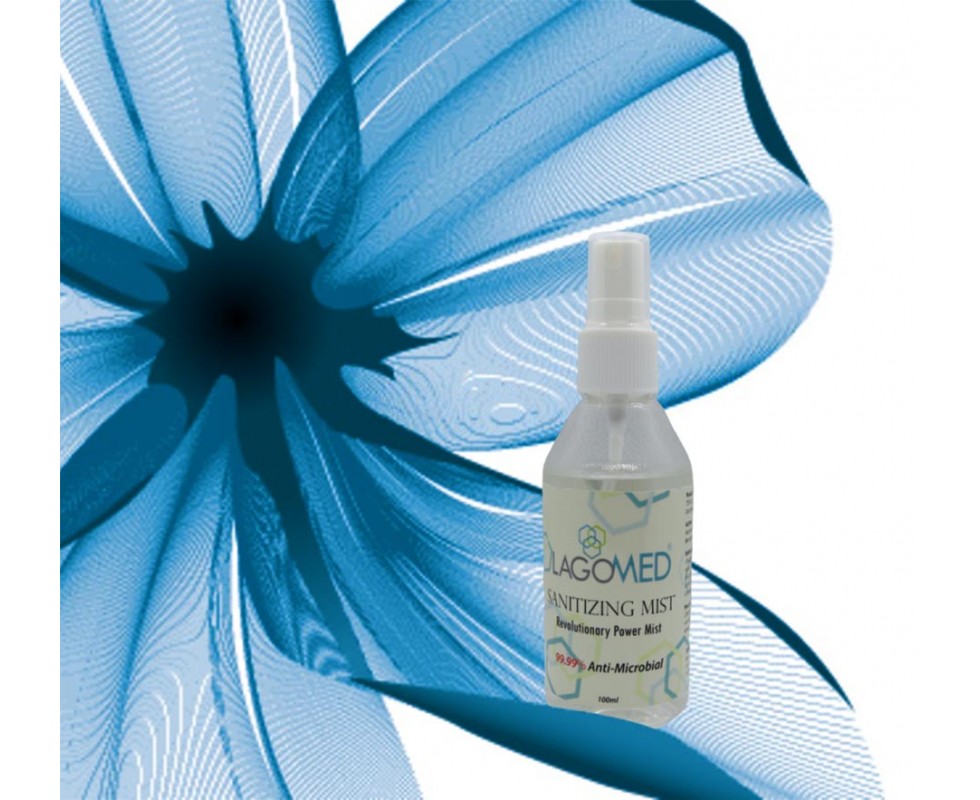

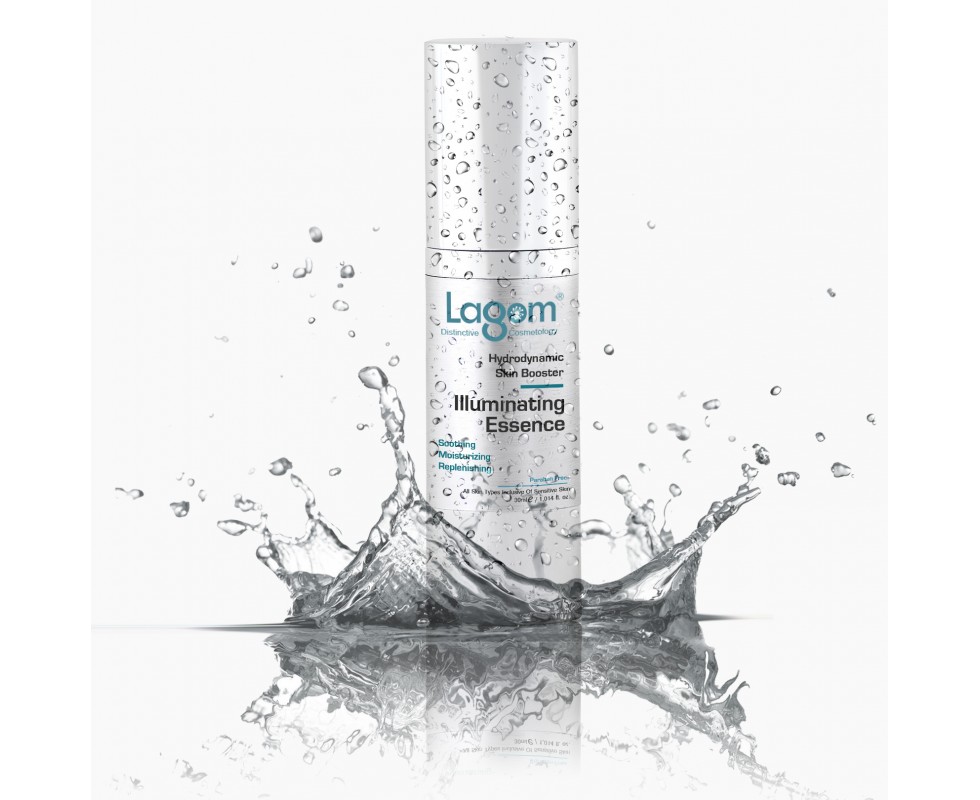
-980x800.jpg)

